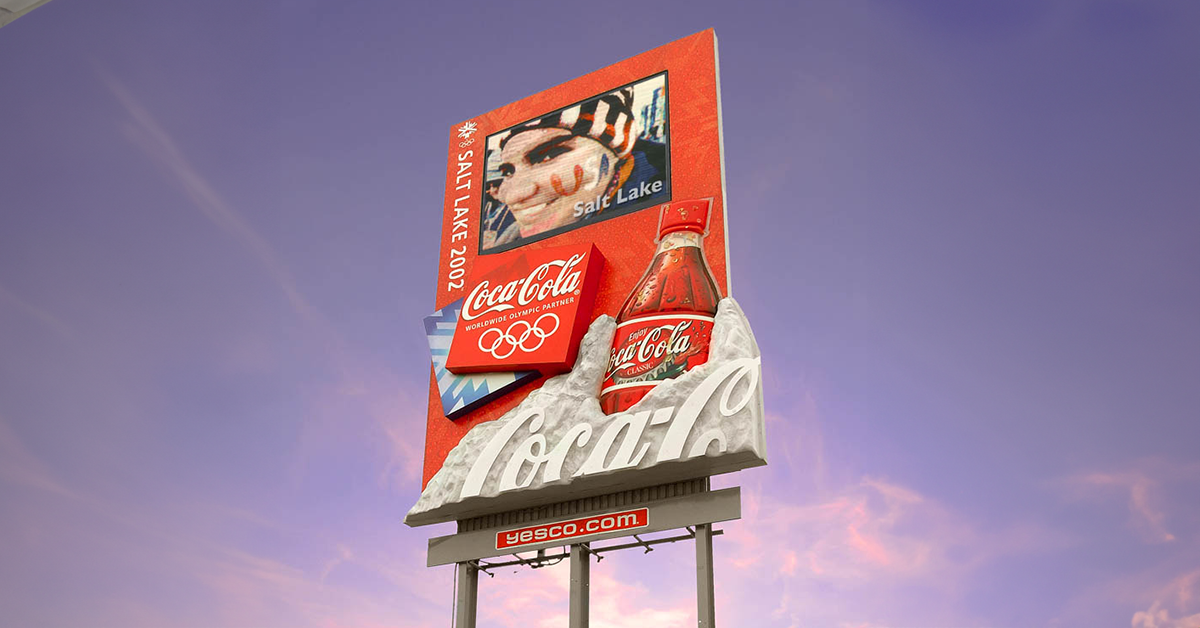Vital Signs Maximize Your Marketing Impact with Strategic Signage Integration
In today’s competitive landscape, signage is more than a decorative display – it’s a critical element of your marketing arsenal. When integrated thoughtfully into your overall marketing strategy, signage transcends simple communication. By captivating, engaging, and driving action, signage serves as a powerful bridge between your brand and your audience, creating memorable touchpoints that resonate across all channels.
In this guide, we’ll dive into how to seamlessly align your signage with your branding and marketing efforts, share tips for crafting cohesive campaigns, and explore inspiring examples of brands that have mastered signage integration.
Align Your Signage with Your Brand and Marketing Efforts
-
Consistent Branding: Strengthen Your Visual Identity Across Every Touchpoint
Consistency is the key to building brand recognition and trust. Your signage should reflect your brand’s visual identity – think of consistent colors, fonts, logos, and imagery that echo your brand guidelines across all marketing platforms.
- Visual Identity: Your signage should seamlessly mirror your website, social media, and other marketing materials. This uniformity strengthens your brand presence, making it instantly recognizable to your audience.
- Brand Message: Whether your brand is playful, professional, or authoritative, your signage must reflect the same voice as your other marketing channels. This alignment ensures that your brand speaks with one cohesive voice, enhancing customer connection.
-
Strategic Placement: Position Your Signage for Maximum Impact
The placement of your signage is crucial. Strategically positioning signs in high-visibility locations where your audience naturally congregates can significantly enhance their effectiveness.
- High-Impact Locations: Utilize high-traffic areas, points of purchase, and other strategic spots that naturally complement your marketing efforts. The right placement boosts visibility and engagement.
- Complementary Channels: Integrate offline and online marketing by adding interactive elements like QR codes on your signage. This creates a seamless omnichannel experience, linking physical spaces with digital engagement.
-
Integrated Campaigns: Drive Engagement Across All Platforms
Your signage should be a dynamic part of your broader marketing strategy, not an isolated element. It should reinforce your campaigns and drive engagement across all touchpoints.
- Unified Themes: Keep your visuals and themes consistent across all marketing channels – from digital ads to store signage. This unified approach reinforces your message and keeps your brand top of mind.
- Cross-Promotions: Leverage signage to amplify your cross-channel campaigns. Encourage in-store customers to follow your social media, sign up for newsletters, or visit your website for exclusive offers.
Tips for Creating Cohesive Campaigns with Signage
-
Plan Ahead: Synchronize Your Signage with Your Campaign Calendar
Effective signage integration begins with strategic planning. Map out your campaigns in advance to ensure signage is an integral part of the execution.
- Campaign Calendar: Develop a marketing calendar that includes all planned promotions, ensuring that signage is considered from the start. This coordination ensures that your messaging is timely, consistent, and impactful.
- Content Coordination: Align your signage content with your digital marketing efforts. Whether it’s a seasonal promotion or a new product launch, make sure your signage visually echoes your ads, emails, and social posts.
-
Engage Audiences with Interactive Signage Features
Make your signage interactive to capture attention and gather valuable data on customer engagement.
- Interactive Elements: Add QR codes, NFC tags, or augmented reality features to your signs to boost interactivity. These elements draw customers in and provide measurable insights into how they engage with your brand.
- Clear Calls to Action: Ensure your signage includes compelling calls to action. Direct customers to take the next step – whether it’s visiting your website, making a purchase, or connecting with you on social media.
-
Monitor, Measure, and Optimize Your Signage Strategy
Continuous improvement is key to maximizing your signage impact. Regularly track performance and adjust your approach based on data.
-
Track Performance:
Use analytics and customer feedback to assess the success of your signage. Metrics like foot traffic, engagement rates, and sales conversions offer valuable insights into what’s working and where improvements are needed.
- Iterate and Improve: Use data to refine your strategy. Adjust the design, placement, or messaging of your signage to better resonate with your audience and enhance its effectiveness.
Real-World Success Stories: Signage Done Right
- Starbucks: Known for its signature in-store displays, Starbucks seamlessly integrates physical signs with its digital marketing. From promoting seasonal drinks to encouraging app downloads, Starbucks uses signage to create a cohesive brand journey that blends in-store experiences with online engagement.
- Nike: Nike’s retail environments feature bold, motivational signage that reinforces its iconic “Just Do It” message. This powerful use of signage aligns with their brand story, driving customers to connect with the brand both in store and online.
Propel Your Business to New Heights
Strategic signage integration goes beyond simply placing signs – it’s about crafting a powerful, immersive brand experience that captivates your audience at every touchpoint. By aligning your signage with your brand’s identity, positioning it strategically for maximum impact, and continuously optimizing based on real-world performance, you can transform your signage into a high-impact marketing powerhouse.
Make every sign a bold statement, a chance to amplify your message, and an opportunity to elevate your brand. Contact YESCO today and let’s clear your path to success.

